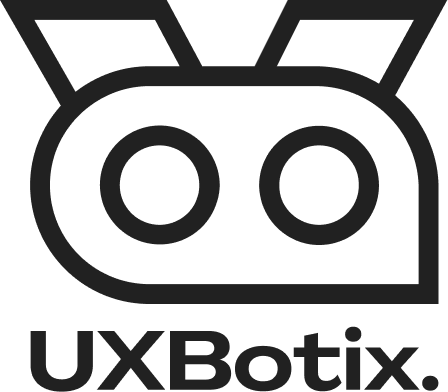I understand that in today’s rapidly evolving digital world, traditional UX design methods may not always meet the needs for quick and efficient solutions. Lean UX offers a fresh perspective by combining Lean Startup and Agile practices to provide a more adaptable and iterative approach to user experience design. This article explores the concept of Lean UX, its fundamental principles, and the potential impact it can have on your product design process.

What is Lean UX?
Lean UX is a user-centric design methodology that emphasizes rapid experimentation, validated learning, and cross-functional collaboration. Instead of focusing on delivering detailed design documentation, Lean UX prioritizes creating a shared understanding of the user experience among the entire team. By emphasizing direct user feedback and iterative improvements, Lean UX ensures that your team builds products that truly meet user needs.
Core Principles of Lean UX
Cross-Functional Collaboration
In my experience, breaking down silos and encouraging collaboration across different disciplines—such as design, development, product management, and marketing—ensures that all team members are aligned and working towards a common goal. Lean UX thrives on this collaborative spirit.
Minimum Viable Product (MVP)
The Minimum Viable Product is central to Lean UX. Rather than building a fully-featured product from the start, I find it more effective to create a basic version with just enough features to test assumptions and gather user feedback. This approach helps identify what works and what doesn’t early in the process, reducing the risk of building a product that fails to meet user expectations.
Iterative Design
Lean UX embraces an iterative design process. By continuously testing, learning, and refining the product based on user feedback, you can make rapid improvements and ensure the final product aligns with user needs and market demands.
User-Centric Approach
At its core, Lean UX is all about the user. By involving users early and often, you can validate assumptions, understand user pain points, and design solutions that provide real value. Techniques such as user interviews, usability testing, and A/B testing are commonly used to gather actionable insights.
Hypothesis-Driven Development
Lean UX encourages framing design decisions as hypotheses that can be tested and validated. This scientific approach helps minimize bias and ensures decisions are based on data and evidence rather than assumptions or personal preferences.
Implementing Lean UX in Your Projects
Start with a Clear Problem Statement
In my experience, starting with a clearly defined problem statement helps set a focused direction for the project and ensures all team members are on the same page.
Build a Cross-Functional Team
Assemble a team with diverse skill sets, including designers, developers, product managers, and marketers. Encourage open communication and collaboration to leverage the unique perspectives of each team member.
Create and Test Hypotheses
Frame your design decisions as hypotheses and use techniques like A/B testing, prototypes, and user interviews to validate them. This approach helps identify what works and what doesn’t, allowing for quick adjustments.
Focus on the MVP
Develop a Minimum Viable Product that includes only the essential features needed to test your hypotheses and gather user feedback. Use this feedback to iterate and improve the product continuously.
Embrace Continuous Learning
Lean UX is a journey of continuous learning and improvement. Regularly reflect on what you’ve learned from user feedback, iterate on your designs, and be open to change. This mindset helps create products that are not only user-friendly but also adaptable to changing market needs.
Conclusion
Lean UX offers a dynamic and flexible approach to user experience design, making it well-suited for today’s fast-paced and ever-changing digital landscape. By focusing on collaboration, iterative design, and user feedback, Lean UX helps teams create products that are both innovative and user-centric. Embrace Lean UX in your projects to deliver more value, reduce risks, and ensure that your designs truly resonate with users.





